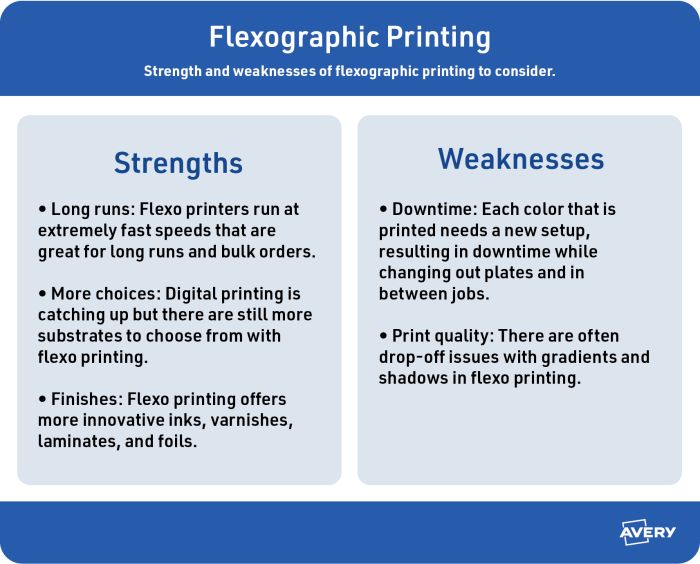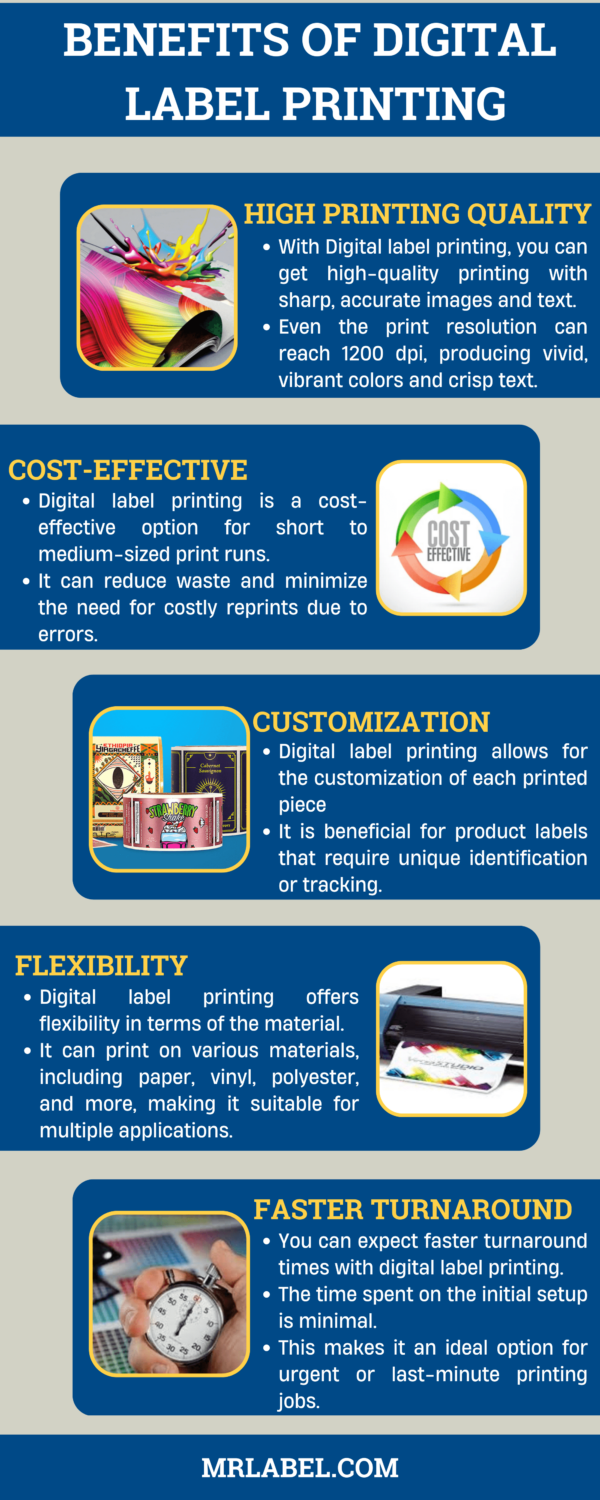Excitement About Digital Printing
Table of ContentsWhat Does Digital Printing Do?Some Ideas on Digital Printing You Should KnowDigital Printing Things To Know Before You Get ThisDigital Printing - The FactsGet This Report about Digital PrintingSome Known Questions About Digital Printing.
Variable data printing, such as straight mail with personalized codes and addresses, is ideally matched for digital printing. Digital fast printing only needs 4 steps of design, review, printing and binding to get every little thing done. Digital quick printing has an unmatched benefit: print on need.According to PMMI, electronic printing permits brands and manufacturers to respond swiftly to consumer demands while improving the supply chain, reducing warehousing price and waste, and appreciating faster time to market. That all audios fantastic, yet just how does this modern technology do all that? The significant differentiator of these innovations is that there are no set up costs and no plates with electronic printing.
Facts About Digital Printing Uncovered
This results in quicker turnaround time and lowers expense when making use of electronic printing.
Digital printing is highly adaptable, so it's easy to make changes to the plan style rapidly. It all goes back to the plates.
With traditional printing approaches, short-run printing is simply not possible. Due to the fact that a terrific layout can make or break your item, digital printing regularly develops high-quality, clear and colorful graphics each time.
Digital printing is the process of printing digital-based pictures straight onto a variety of media substratums. There is no requirement for a printing plate, unlike with offset printing. Digital data such as PDFs or desktop posting documents can be sent out straight to the electronic printing press to print on paper, image paper, canvas, material, synthetics, cardstock and other substrates.
The Digital Printing Ideas
According to PMMI, electronic printing permits brands and manufacturers to react swiftly to customer needs while boosting the supply chain, lowering warehousing cost and waste, and delighting in faster time to market. That all sounds terrific, but just how does this modern technology do all that? The significant differentiator of these technologies is that there are no set up fees and no plates with electronic printing.
According to Wikipedia, the best difference in between electronic printing and traditional approaches such as lithography, flexography, gravure, or letterpress is that there is no requirement to change printing plates in electronic printing, whereas in these analog printing methods the plates are continuously changed. This leads to quicker turn-around time and decreases cost when using digital printing.

The Basic Principles Of Digital Printing
With traditional printing techniques, short-run printing is simply not possible. Because a great style can make or damage your product, electronic printing continually develops top notch, clear and colorful graphics each time.

According to PMMI, digital printing allows brands and producers to react quickly to consumer needs while improving the supply chain, decreasing warehousing price and waste, and enjoying faster time to market. That all noises great, yet exactly how does this modern technology redirected here do all that? The significant differentiator of these modern technologies is that there are no set-up charges and no plates with electronic printing.
How Digital Printing can Save You Time, Stress, and Money.
This results in quicker turnaround time and lowers price when utilizing digital printing.
Fast manufacturing indicates obtaining your item to market much faster. It additionally indicates it's simpler and faster to make changes later on, when you transform a dish, add a SKU, or create seasonal product packaging. Digital printing is extremely flexible, so it's very easy to make adjustments to the bundle layout swiftly. All of it goes back to home plates.

The Single Strategy To Use For Digital Printing
Digital printing is the process of printing digital-based images directly onto a variety of media substrates. There is no requirement for a printing plate, unlike with offset printing. Digital documents such as PDFs or desktop posting data can be sent out directly to the electronic printing machine to publish on paper, picture paper, canvas, textile, synthetics, cardstock and important link other substratums.